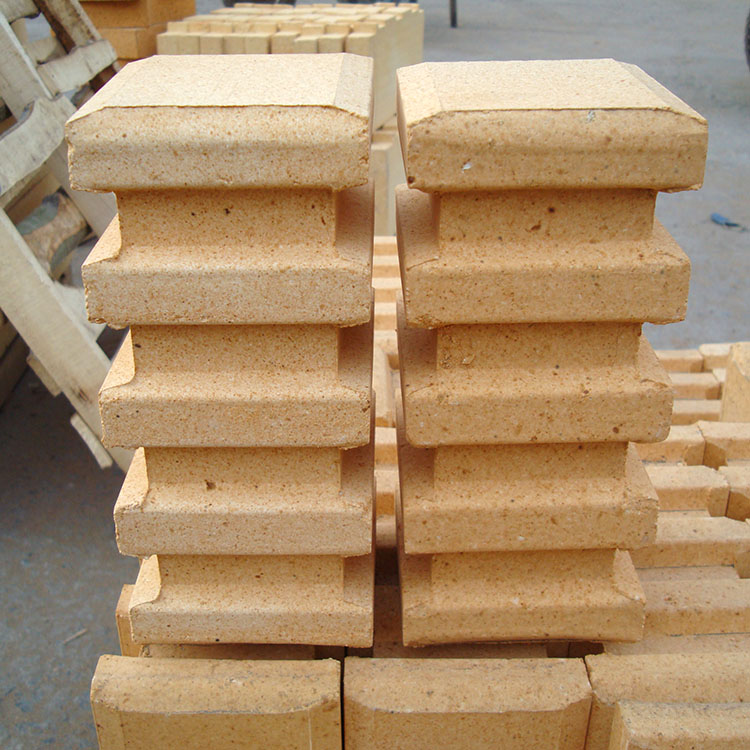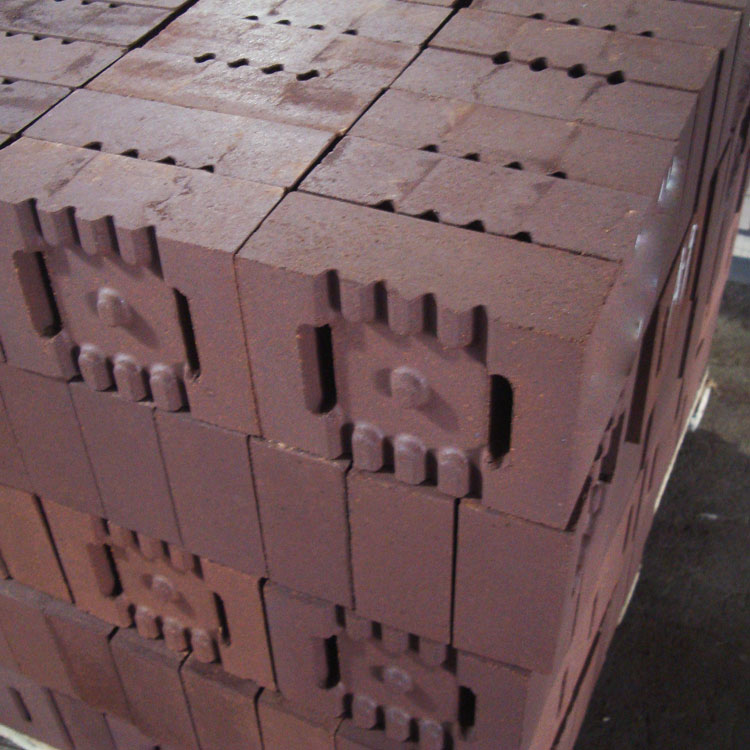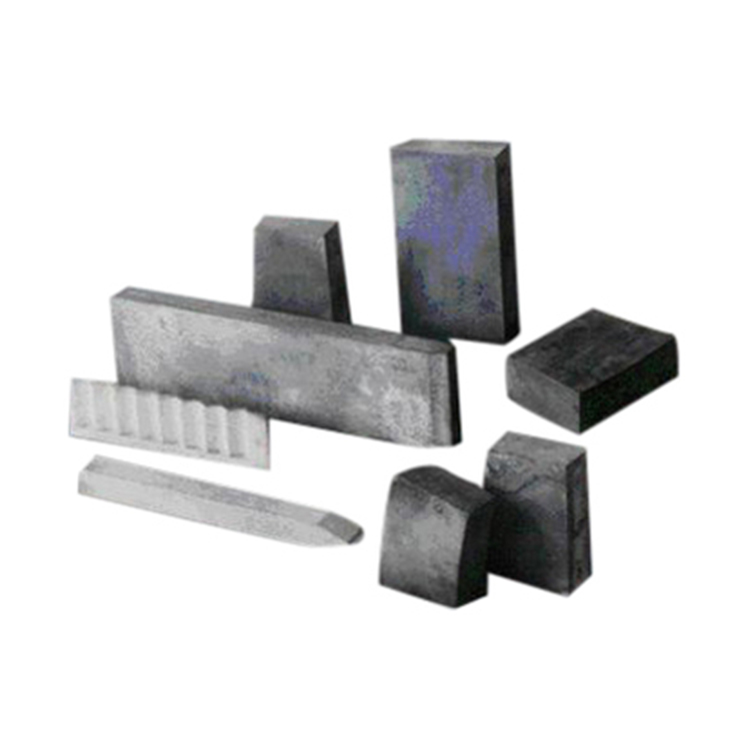
In the era of low-carbon smelting, the steel industry is undergoing a significant transformation. As the industry shifts towards more sustainable and efficient production methods, the requirements for furnace refractory materials have become increasingly stringent. Traditional high-alumina bricks, once the go-to choice for steel furnaces, are facing challenges in meeting the new demands, especially in the context of rapid temperature changes.
High-alumina bricks have been widely used in the steel industry for their relatively good refractory properties. However, in environments with rapid temperature fluctuations, they are prone to thermal shock damage. According to industry data, in steel plants where the furnace temperature changes rapidly, the failure rate of high-alumina bricks can reach up to 30% within a year. This not only affects the production efficiency but also significantly increases the cost of maintenance and replacement.

The following table shows a comparison of the key performance indicators between high-alumina bricks and andalusite refractory bricks:
| Performance Indicator | High-Alumina Bricks | Andalusite Refractory Bricks |
|---|---|---|
| Thermal Shock Resistance | Low (3 - 5 cycles) | High (10 - 15 cycles) |
| Creep Resistance | Moderate (0.5 - 1% creep at 1400°C) | High (less than 0.3% creep at 1400°C) |
| Lining Life | 1 - 2 years | 3 - 5 years |
Andalusite refractory bricks offer a superior alternative to high-alumina bricks in the steel industry. They possess excellent cold strength, thermal stability, and creep resistance. These properties enable them to withstand rapid temperature changes without significant damage, thereby extending the lining life of the furnace and reducing the frequency of maintenance.

Let's take a look at a real-world application case. A large steel plant in Europe replaced the high-alumina bricks in their electric arc furnace with andalusite refractory bricks. After a year of operation, they found that the lining life of the furnace had been extended by 2 years, and the maintenance cost had been reduced by 40%. At the same time, the efficiency of the furnace had increased by 15%, resulting in significant energy savings and production benefits.
From a technical perspective, the crystal structure of andalusite plays a crucial role in its superior performance. Andalusite has a unique crystal lattice structure that allows it to expand and contract in a more controlled manner during temperature changes. This is similar to how a spring can stretch and compress without losing its shape. As a result, andalusite refractory bricks can better resist thermal shock and creep, ensuring stable performance in high-temperature environments.

The unique crystal structure of andalusite gives it a high degree of thermal stability and creep resistance, making it an ideal choice for steel furnaces in the era of low-carbon smelting.
In conclusion, as the steel industry continues to move towards low-carbon smelting, andalusite refractory bricks are emerging as a promising solution for improving furnace performance and reducing costs. Their superior properties make them a worthy replacement for high-alumina bricks in steel furnaces.
If you are interested in learning more about the application of andalusite refractory bricks in the steel industry and obtaining in-depth technical insights, we invite you to download our industry whitepaper. Click here to access this valuable resource and stay ahead in the industry.


